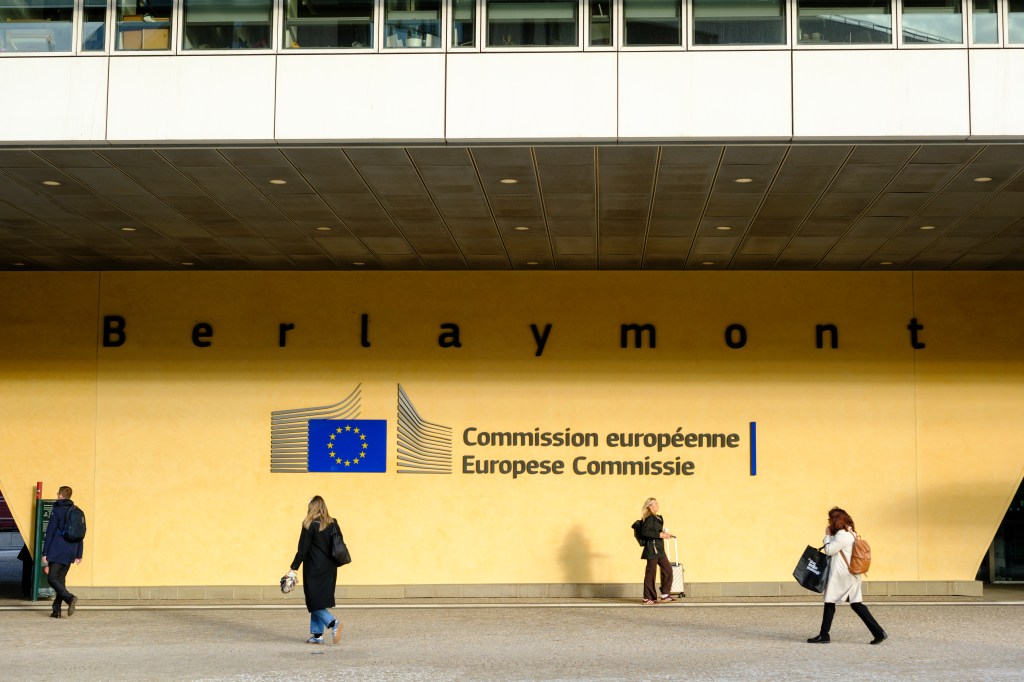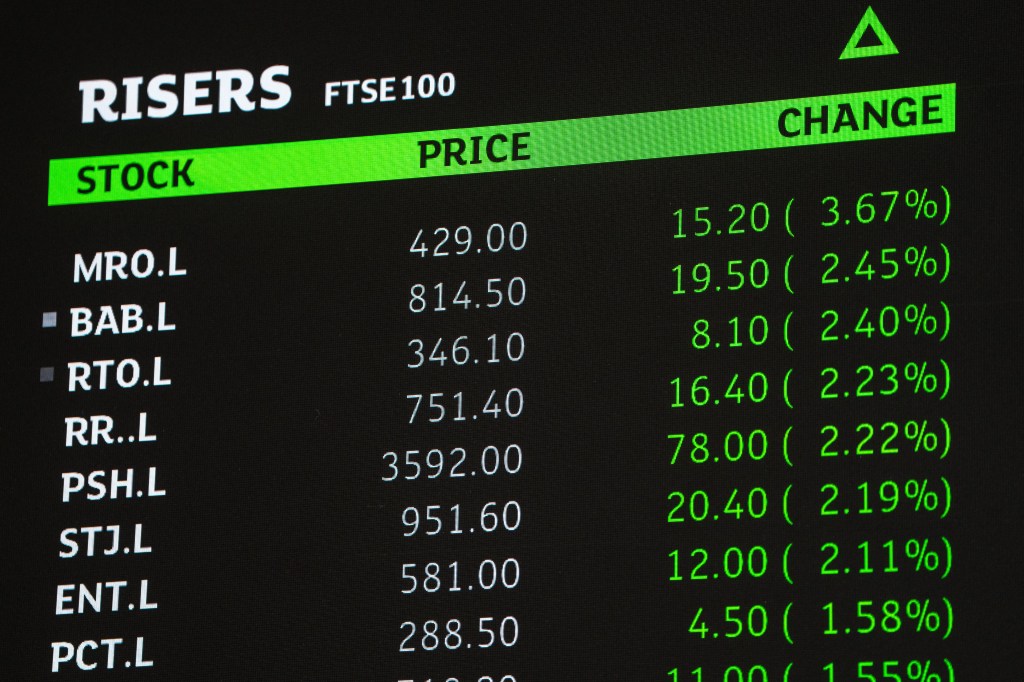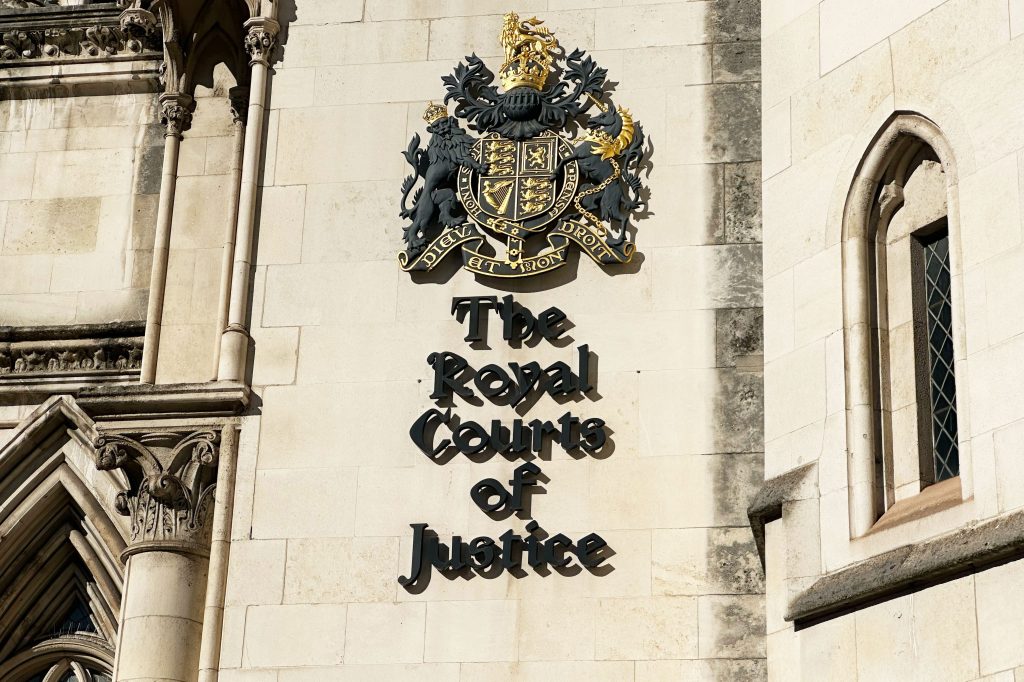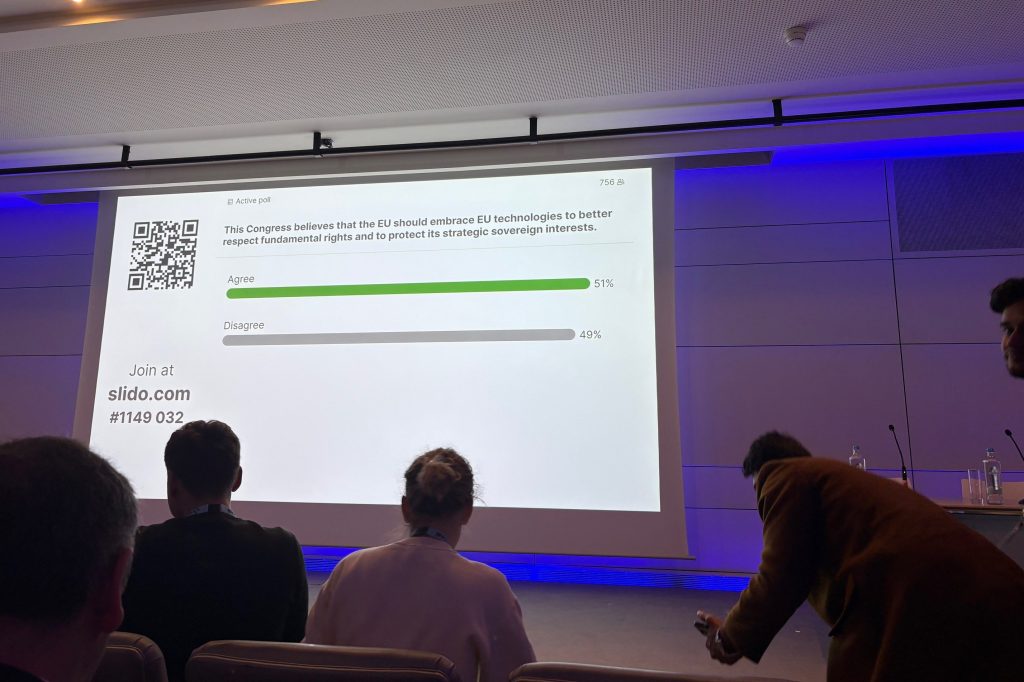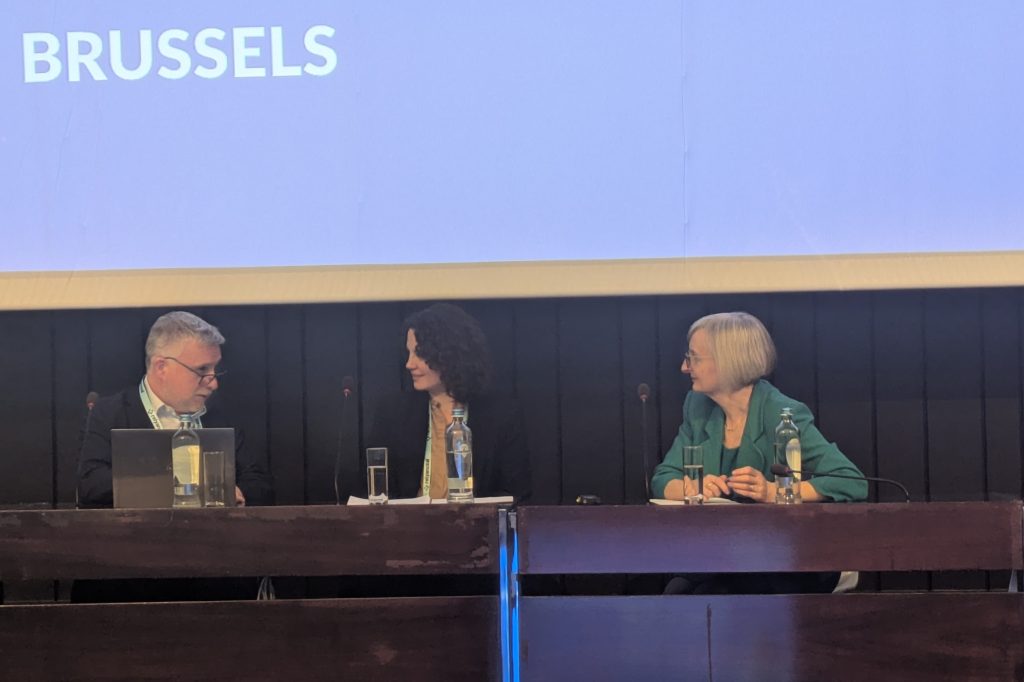These and other key insights are included in SIFMA’s recently published 2025 Operations Conference & Exhibition Debrief, which is highly recommended reading as it touches on many of the areas in which markets, regulations and changes in investor behavior intersect.
We bring you some of the key highlights in the
Register for free to keep reading.
To continue reading this article and unlock full access to GRIP, register now. You’ll enjoy free access to all content until our subscription service launches in early 2026.
- Unlimited access to industry insights
- Stay on top of key rules and regulatory changes with our Rules Navigator
- Ad-free experience with no distractions
- Regular podcasts from trusted external experts
- Fresh compliance and regulatory content every day

